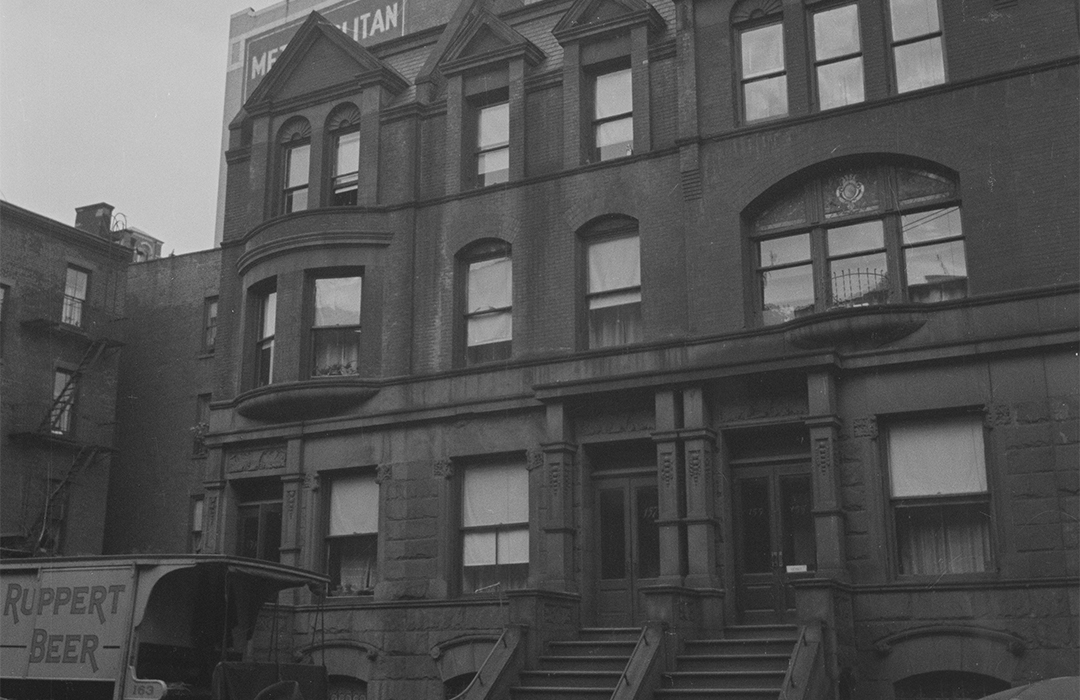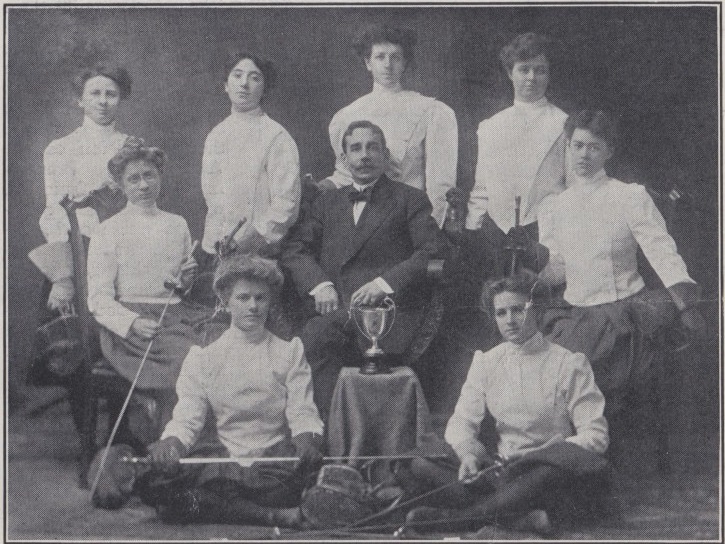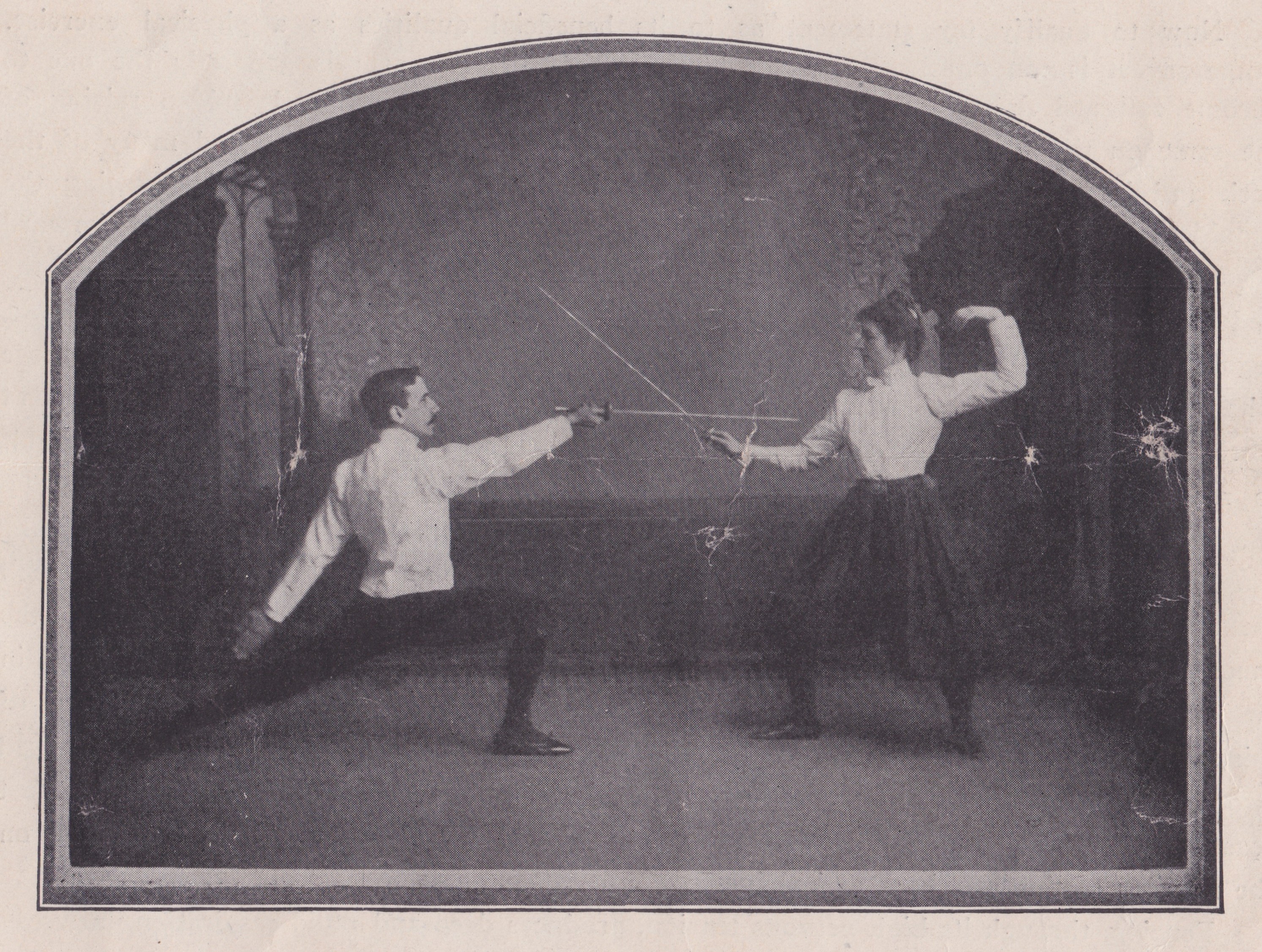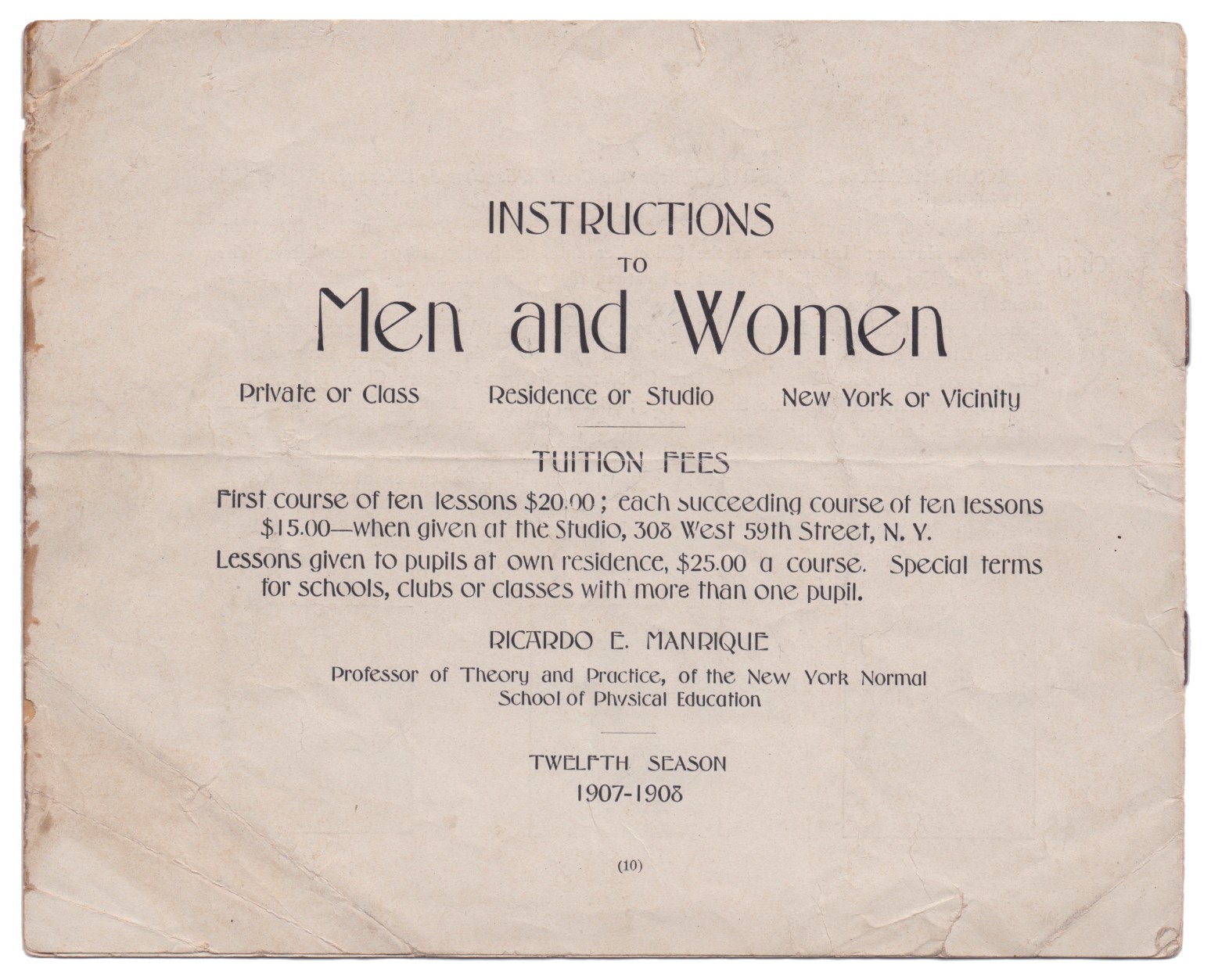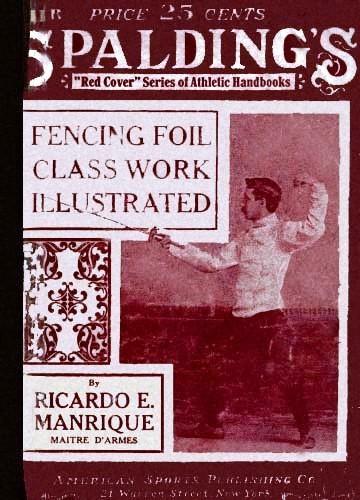
157 West 82nd Street
by Megan Fitzpatrick
In June 1885, William Baker, along with owner Richard W. Meyers filed for the constriction of six rowhouses in an interesting ABCC’B’A configuration that creates a pleasingly symmetrical block of dwellings opposite the ornate and uniform former West End Synagogue, now Ukrainian Orthodox Cathedral of St. Volodymyr.
The Queen Anne style produced an eclectic mixture of influences for the design of 157 West 82nd Street, the fifth house in the row. The double-door entrance is flanked by Neo-Grec-inspired ornamentation yet the mansard roof and double dormer windows are quintessentially Queen Anne.
Construction was completed almost a year to the date later. It is unknown who the first tenants of 157 were, but one of the earliest recorded tenants was touted as a ‘fencing master.’
Around 1905, Ricardo E. Manrique, originally from Cuba, lived at 157 West 82nd Street. Manrique, born in Havana, arrived in the U.S. in 1896 already a professional in the art of fencing. He turned to teaching the sport full-time when he settled in New York. He taught all over the city, contributing to the rise in popularity of the sport in the early 20th century (The Brooklyn Daily Eagle, 6/3/1913). He taught consistently at the Dr. Savage Physical Development Institute located at 308 West 59th Street (The Sun, 10/26/1890) and was associated with several private institutions, such as the Columbia Grammar School, and with fencing clubs across the city.
He was often asked to stage theatrical scenes in plays that featured a fencing duel. In 1923, he published a book called The Art of Fencing with the Foil, which became a valuable reference book for students of the sport. He frequently taught at women’s clubs and schools and believed women to be more artful than men and therefore more adept at the sport (The Times, 10/1/1911).
Manrique previously lived just a couple of blocks away at 308 West 83rd Street, with his wife Amelia, daughter Adelaide, and parents Roque and Petronila Manrique. His father, Roque, was a former Spanish General, most likely stationed in Cuba when the country was under Spanish rule (The Brooklyn Daily Eagle, 12/12/1932).
A pleasingly symmetrical block of dwellings opposite the ornate and uniform former West End Synagogue, now Ukrainian Orthodox Cathedral of St. Volodymyr.
Almost 30 years later, another resident originally from Cuba would take up residence in the house. Rafael Sichka was one of five men identified in an alleged plot to overthrow the Cuban government in 1931. The five men were arrested as reports of an estimated 100 men were allegedly set to leave on an armed ship from New York carrying ammunition and guns destined for Cuba (Courier-Post, 8/5/1931). The unsuccessful revolt did occur in August 1931, but its links to New York and Sichka have never been proven.
Manrique and Sichka would not be the only Cuban connection to this row of houses in the early decades of the 20th century. According to Patrick Bunyan’s book All Around the Town, in the fall of 1948, future revolutionary and president of Cuba, Fidel Castro and his wife Mirta, spent part of their honeymoon in the brownstone next door, at 155 West 82nd Street.
They stayed in the apartment of Castro’s brother-in-law, politician Rafael Días-Balart. Castro apparently spent some more time in Díaz-Balart’s apartment, until he ran out of money and moved back to Cuba. Relations between the in-laws became strained after Cuba was taken over by Fulgencio Batista because Días-Balart joined the Batista government and Castro attempted to overthrow it. Castro’s wife filed for divorce soon after and before his takeover of Cuba in 1959.
This rowhouse exchanged hands quite frequently, never remaining with the same owner or tenants for more than a couple of years. This was especially true in the 1920s. After the Manrique family, widowed Margaret W. Wilson and her son Dr. Samuel P. Walson moved into the rowhouse around 1910. Following their short stay in quick succession was Edna L. Gillette and her three children; the Reilly’s, an Irish family with 8 members who kept two families as lodgers in the house; and the Haag family, a German-American family who also kept lodgers.
Like most rowhouses on the Upper West Side, by the 1930s it had been converted into apartments, anywhere between six to nine units, with ‘roomers’ renting sometimes very small units in the former single-family home. In 1950, rooming house proprietor, Elizabeth Stewart, split the three-story dwelling into nine units, three apartments on the third floor, two on the second and first floors, and two in the basement.
Like most rowhouses on the Upper West Side, by the 1930s it had been converted into apartments, anywhere between six to nine units
The rowhouse remains as apartments today, currently being converted into a 4-family dwelling, a large departure from the 1950s. Hardly any alterations have been made to the front facade since 1885, beautifully maintaining its Queen Anne character.
Megan Fitzpatrick is the Preservation and Research Director at LANDMARK WEST!

